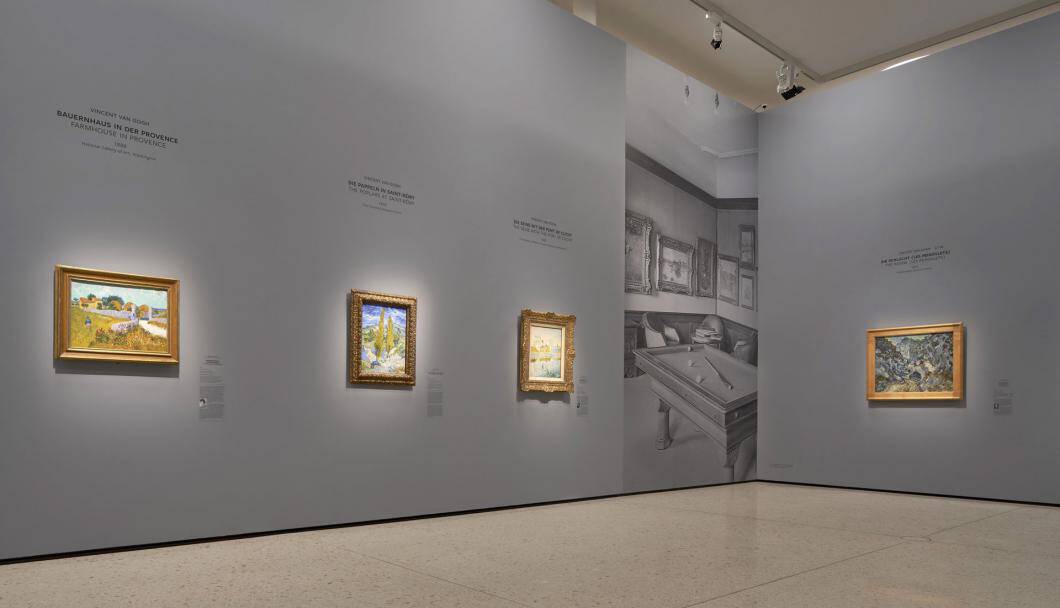Fine arts is a general term for art forms such as painting, sculpture, architecture, and music. In today’s world, you can find manifestations of one form of art or another almost everywhere. The furniture in your home, the house itself, your watch or your clothes – all of these, in one way or another, can be referred to art in general. In any of these cases, someone has decorated something you own in an attempt to make it attractive. However, this so-called applied art plays a secondary role: it is only meant to decorate the object that one will use for its direct purpose. The fine arts (in modern parlance, simply art) are concerned with something entirely different, that is, as their name implies, “fine” in and of itself.
The fine arts include painting, sculpture, literature, theater, music, dance, and architecture. Of all the arts listed above, only architecture is of practical use. Architects have to think not only about the beauty but also the usefulness of their structures. But works of art, created by the enormous labor of an artist-creator, may not have any practical utility at all. They are created to satisfy our need for beauty, that’s all.
The end result of creativity may be a statue, a melody, a play, a book, etc. In contemporary art in all its forms one can find examples of curious experiments. But still the traditional methods in the works of all kinds of artistic creativity have something in common. This something is the image embodied in the work. This image is embodied by means of sounds, stone, words, building materials, lines and paints. In every image there is what may be called rhythm, proportion and harmony. Rhythm arises from the more or less measured repetition of sounds, colors, shapes, and movements.
Restoring vintage cars is a real art and this case will not be able to everyone, because in addition to returning the car good looks need to work to restore all the gimmicky cars.
Restoring Cars as Art
Old things often take on a new life, becoming significantly more expensive in the process. Antiques are fashionable and educational from a historical point of view. Cars have been in the life of mankind for quite a short time, so it is quite difficult to classify them as true antiques. However, they have managed to pass in their development so intensively that outwardly, and internally they differ from each other much more than a modern man from a Pithecanthropus. Restoring retro cars has become a fascinating pastime, and, moreover, this activity has become a fine art for many amateurs and serious business for a sufficiently large number of companies. On the streets of modern cities are a lot of vintage cars that attract the attention of passersby and other drivers. They are in excellent condition and can serve for decades, although many of them are very old. This was made possible by a competent approach to their repair, which is called restoration or restoration. You can find an example of vintage machines here.
Types of Car Restoration
A car, if it is not used and not subjected to regular maintenance and care, quickly goes out of order. Walking through the streets of the city, you can see abandoned fairly modern cars that turn into junk after a couple of years of standing derelict in the open air. What then to say about retro cars, which are sometimes found after decades of abandonment. The transformation of such rare cars from the trash into a stylish and expensive thing is an extremely difficult, but incredibly fascinating task. There are two main ways to restore such vehicles:
- true restoration;
- Simplified restoration.
The first is a very expensive pleasure, sometimes stretching out for years, the second – is much less expensive and faster to implement, but inherently much closer to the modern copy of an old thing, than the true concept of the word “retro”.
Components of Retro Repair
In general terms, the restoration of cars includes the following types of work:
- bodywork and fittings;
- painting;
- interior restoration;
- Engine overhaul and replacement of aggregates.
Retro cars can not do without different kinds of “chips” characteristic of this or that brand of car. Emblems “Mercedes” corresponding to the year of manufacture of the product, give them a pristine look and the necessary color. Many people collect such signs and if you want you can always find them.

When taking restoration seriously, the interior must be finished with a material that matches the original.
Those who are serious about restoring cars pay attention even to such little things as the way the seat trim is made. For example, in the sixties, manual labor was often used, so the seams were different from today’s machine-made ones.
Depending on the goals set by the owner, a retro car can be painted with both modern paint materials and those used in the historical period of manufacture. The same applies to other components used. For your car, you could use it: 5.3 vortec cam. The construction of vintage cars regularly used wood, which during the time of use and improper storage by the time of restoration completely fell into disrepair. In order for the car to be consistent with its historical appearance, the restoration should use the species that were originally intended for the product. Only then the vehicle can be justifiably considered a retro car, and its market value will increase dramatically. Nowadays not so many people own true rarities, which can be seen at various exhibitions and events held by lovers of antiquity and history of automobile construction, which once again confirms that the restoration of a car is a fine art.





